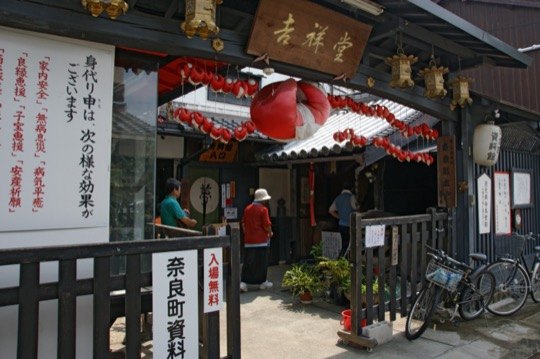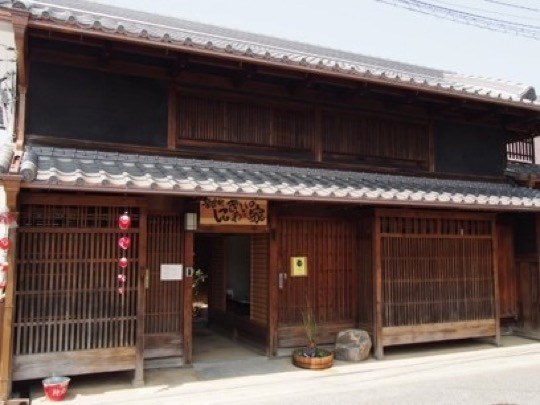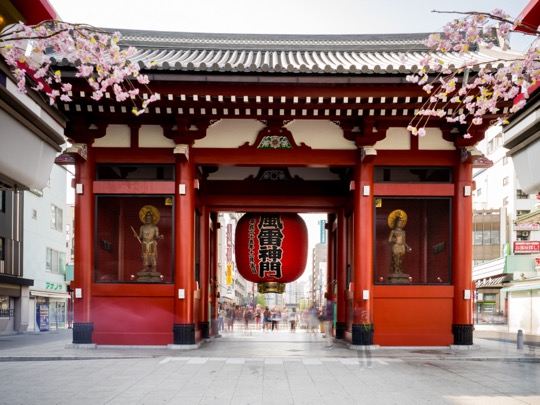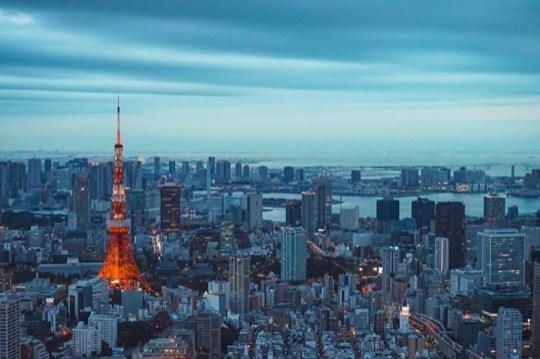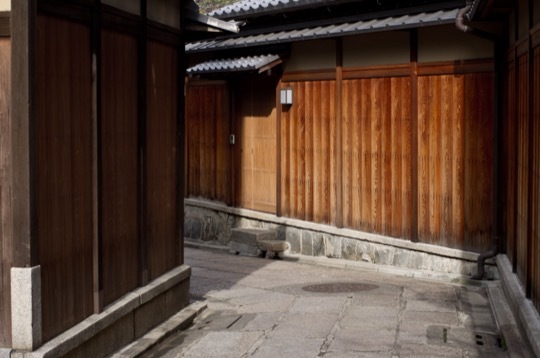Nishijin Textile Center
A hub of Kyoto’s textile heritage, showcasing the ancient craft of Nishijin weaving.
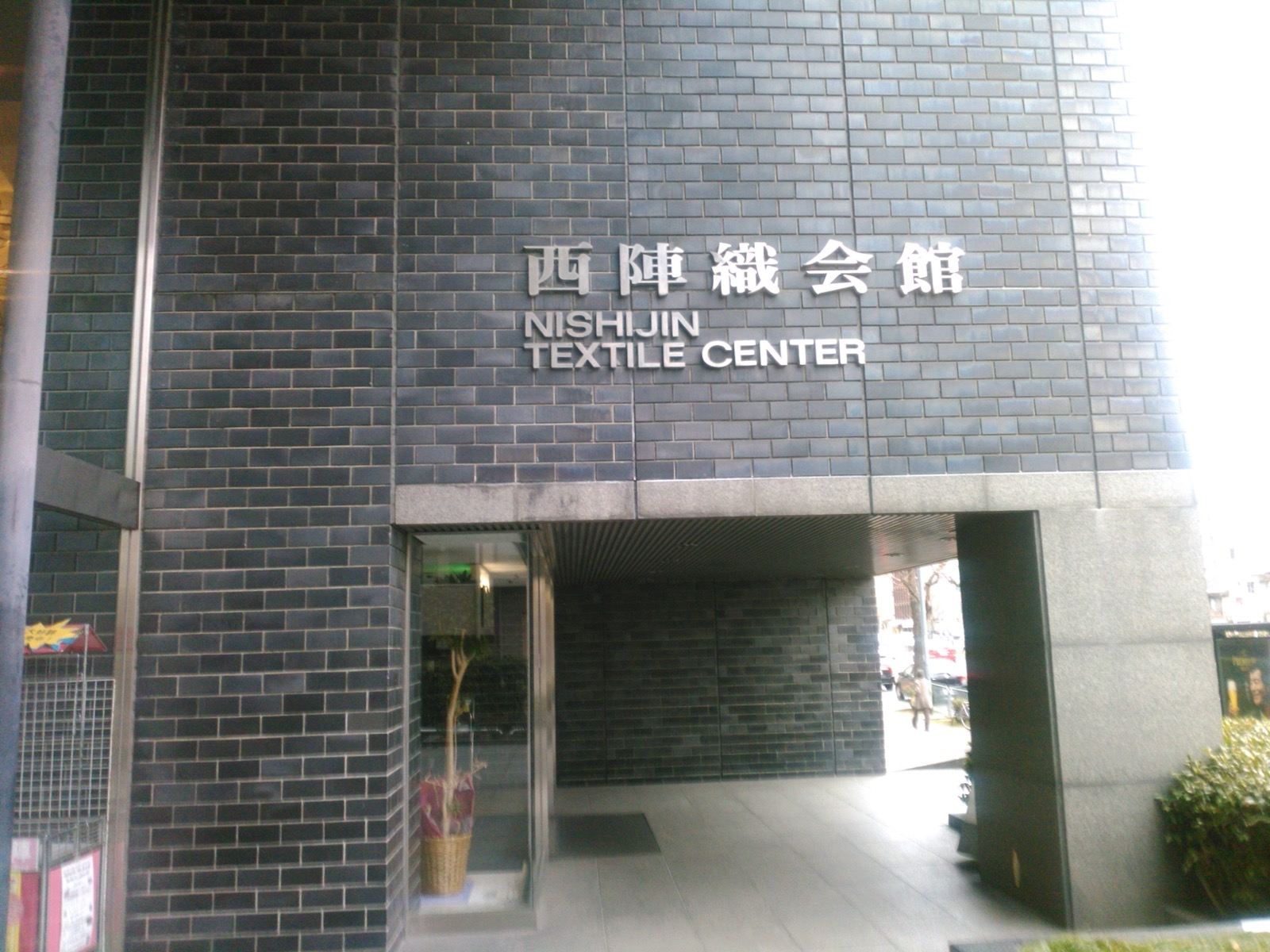
On This Page
Explore the venerable craft of Nishijin weaving at the Nishijin Textile Center in Kyoto, an institution dedicated to the preservation and display of over a millennium of Japanese textile expertise. The center offers a variety of exhibits and interactive experiences to educate visitors about the traditional techniques and importance of this textile art.
Located in Kyoto’s historic Nishijin district, the Nishijin Textile Center is a focal point for the tradition of Nishijin weaving, with a history spanning over 1,200 years. More than just a museum, the center actively educates and engages visitors in the craft of kimono making. The district has been a renowned center for textile production since its establishment as a weaving location for the Imperial Palace centuries ago.
The “Nishijin” name reflects the district’s historical origins, with “Nishi” meaning “West” and “Jin” meaning “camp.” The district’s historic ties to the Imperial Palace suggest the high quality of its textile products.
The center offers a glimpse into the traditional weaving process, with elder artisans demonstrating the use of looms and the transition from thread dyeing to weaving. Historical displays feature ancient looms and kimono pattern books from the late 19th century.
Exhibits in both English and Japanese explain the multiple stages involved in producing Nishijin fabrics. Additionally, visitors can participate in workshops, trying their hand at weaving, and may dress in traditional kimono styles.
Regular fashion shows at the center highlight the diversity of kimono designs. Despite the building’s unremarkable architecture and some dated exhibits, the essence of the attraction lies in its cultural significance and the preservation of living history. The centre is popular with tour groups, so can be incredibly crowded at peak times.
The Nishijin Textile Center also offers a selection of Nishijin textile products for purchase.
The center is well-integrated into the Nishijin district, where visitors can further immerse themselves in the traditional crafts of Kyoto. The city itself is a bastion of Japanese culture, with various institutions like the Kyoto Museum of Crafts and Design and Kyoto Handicraft Center providing further insights into the city’s artisanal legacy.
Getting There the easiest way to reach Nishijin Textile Center
Around Nishijin Textile Center
Nearby in Kyoto the best attractions close to Nishijin Textile Center
Kyoto City Archaeological Museum
Discover Kyoto’s rich past, from ancient times to the age of samurai.
Orinasukan Textile Museum
Discover the art of traditional Nishijin textile weaving in a restored wooden workshop.




